Find Help
More Items From Ergsy search
-

Emma's story: My brain tumour story
Relevance: 100%
-
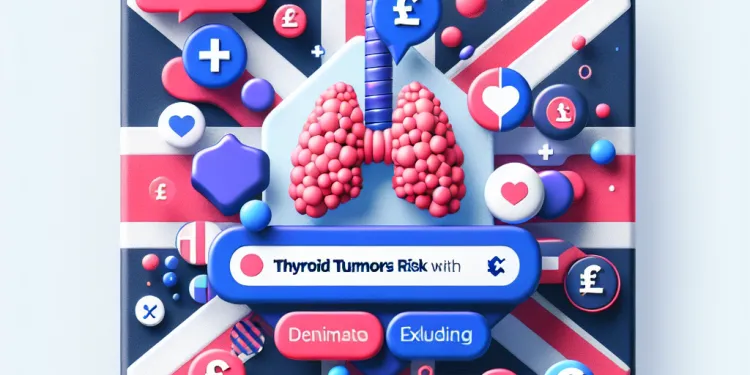
Is there a risk of thyroid tumors with Ozempic?
Relevance: 57%
-

Neuroendocrine tumour patient video
Relevance: 56%
-
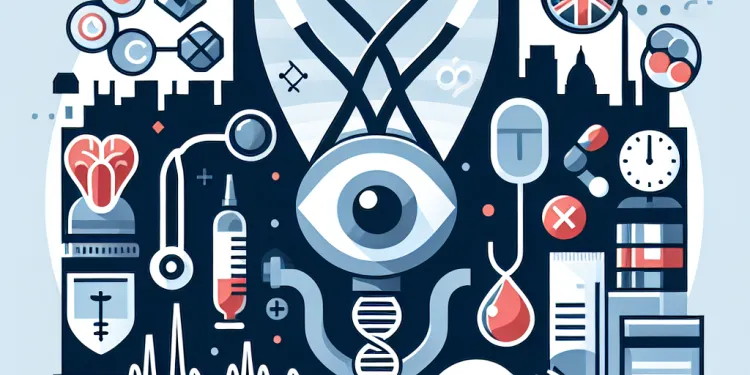
What role do tumor markers play in testicular cancer?
Relevance: 53%
-

How does binge drinking affect the brain?
Relevance: 47%
-

Can testicular cancer spread to other parts of the body?
Relevance: 27%
-

How does brachytherapy differ from external beam radiation?
Relevance: 24%
-
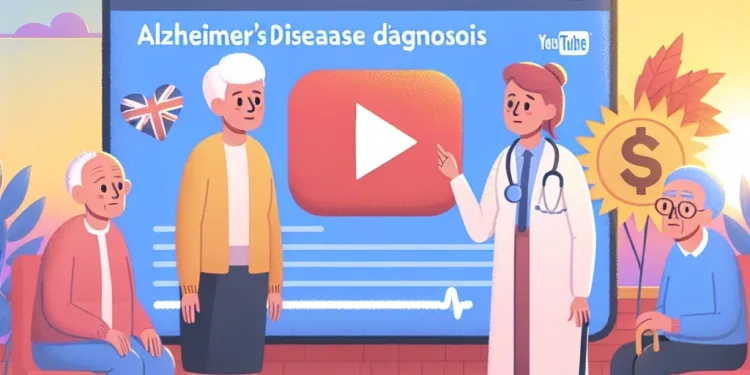
How is Alzheimer's disease diagnosed?
Relevance: 24%
-

What are the stages of testicular cancer?
Relevance: 23%
-

South Tees NHS - What is aphasia and how can you help?
Relevance: 23%
-

What is testicular cancer?
Relevance: 23%
-
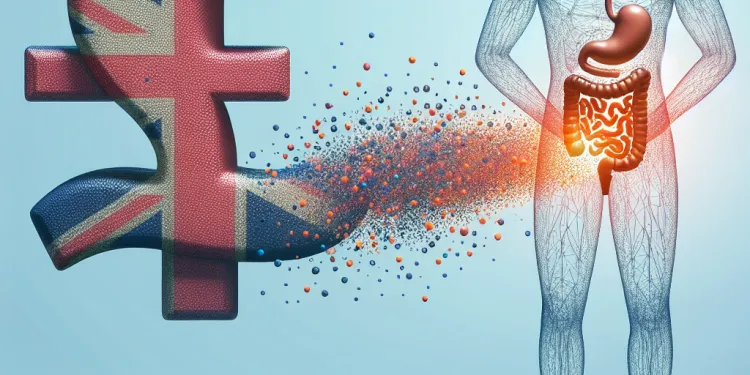
Can bowel cancer spread to other parts of the body?
Relevance: 22%
-
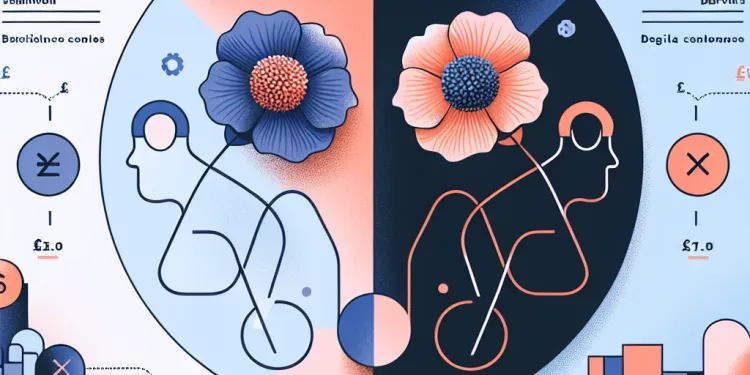
What's the difference between seminomas and non-seminomas?
Relevance: 21%
-
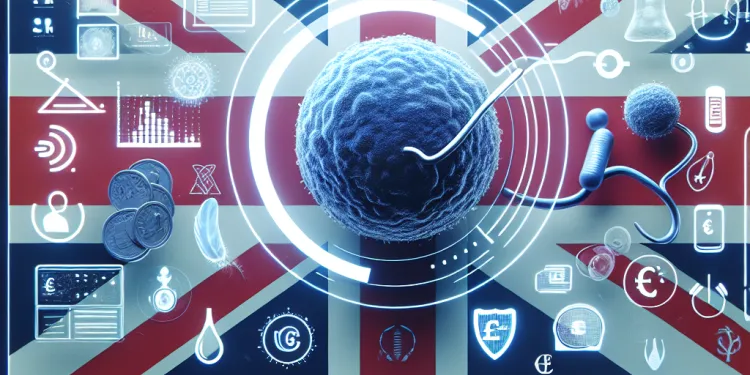
How is testicular cancer diagnosed?
Relevance: 19%
-
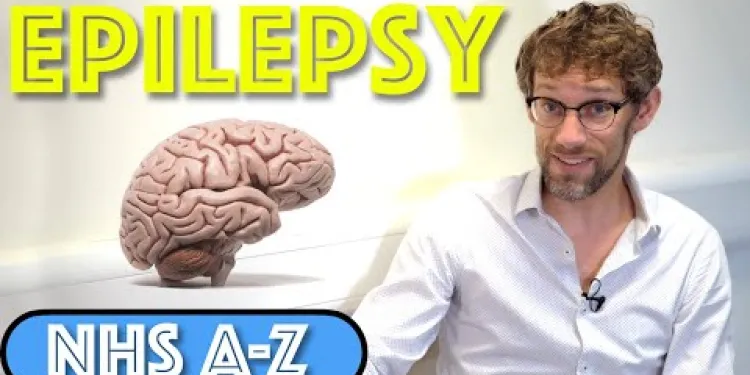
Epilepsy - What is Epilepsy and What Causes Seizures - NHS A to Z - Dr Gill
Relevance: 18%
-
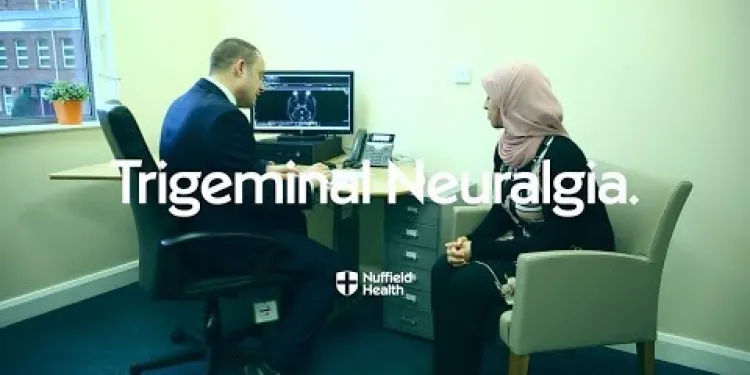
Trigeminal Neuralgia
Relevance: 18%
-

What is testicular cancer?
Relevance: 18%
-
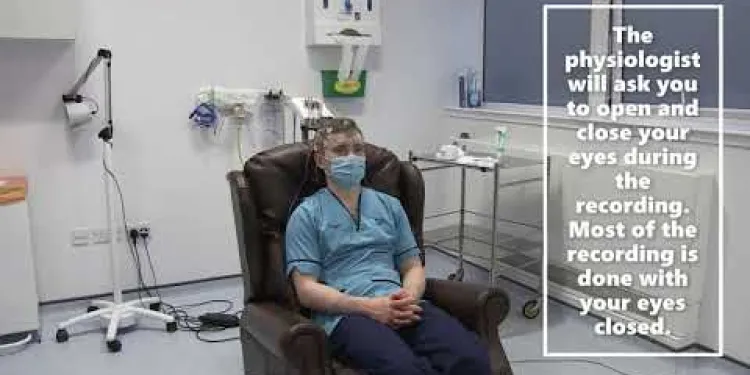
Neurophysiology EEG Patient Information
Relevance: 17%
-

How is motor neurone disease diagnosed?
Relevance: 17%
-
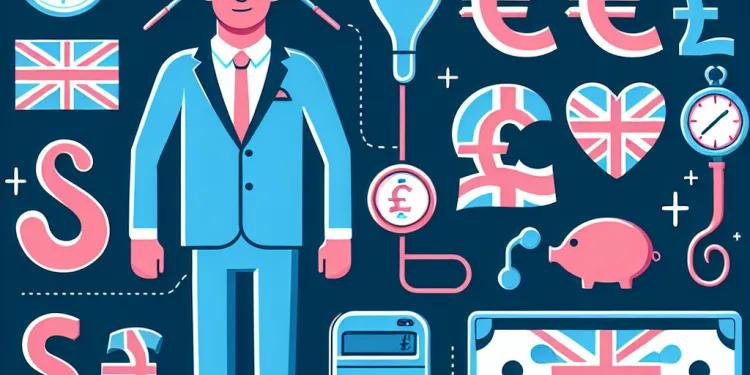
What is Cushing's syndrome?
Relevance: 16%
-

Neurosurgery for Epilepsy
Relevance: 16%
-
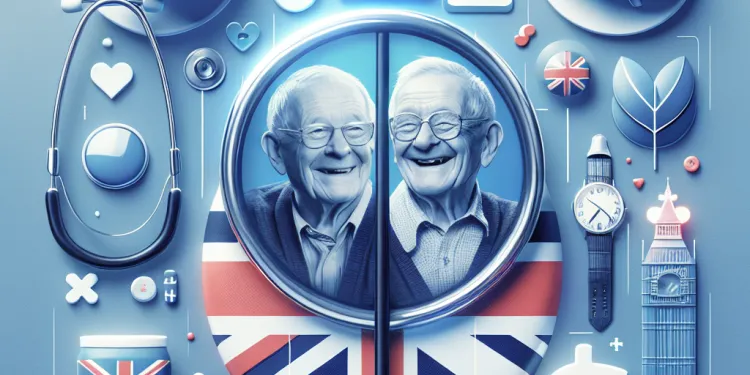
How is dementia diagnosed?
Relevance: 16%
-
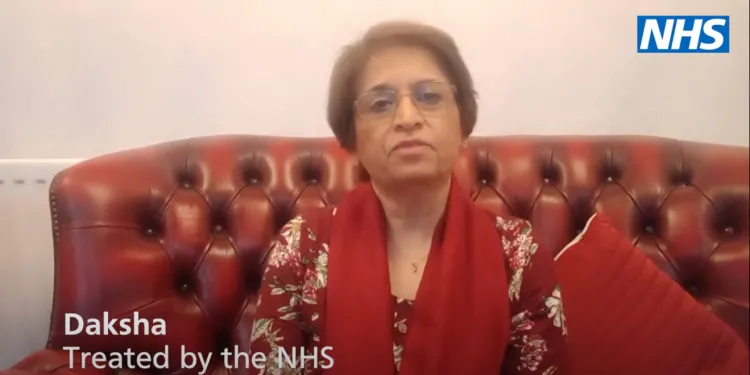
What is Cancer?
Relevance: 16%
-
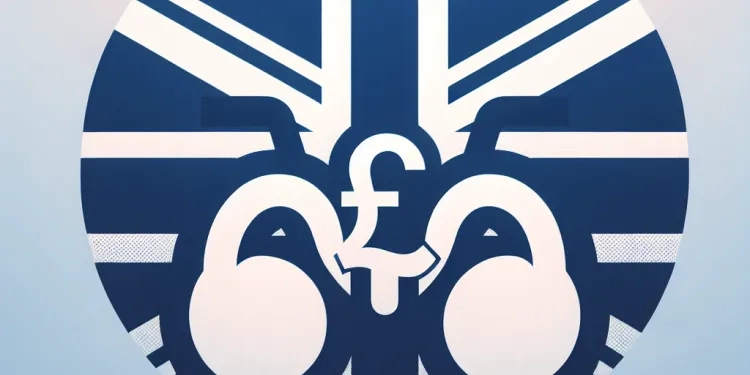
What is testicular cancer?
Relevance: 15%
-

What causes ADHD?
Relevance: 15%
-
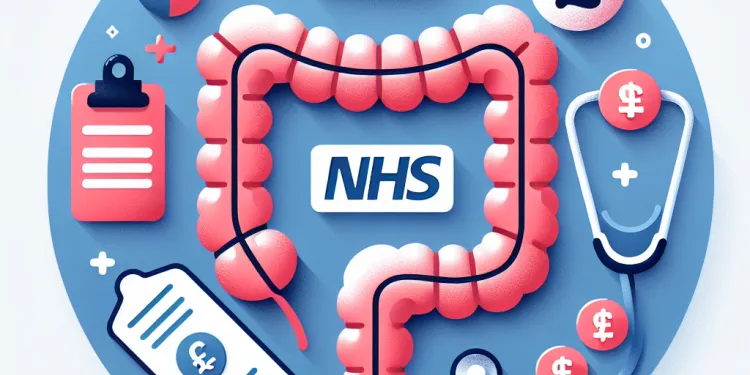
What treatment options are available for bowel cancer?
Relevance: 15%
-

Radiotherapy CT scanner
Relevance: 15%
-

Are there any serious risks associated with Ozempic?
Relevance: 15%
-
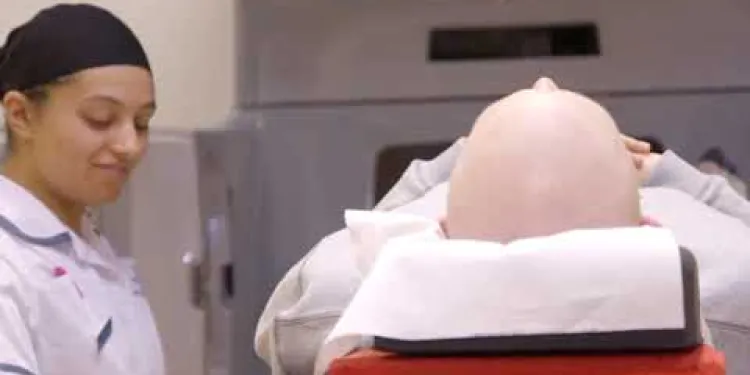
What is Radiotherapy, and its use in treatment for cancers?
Relevance: 15%
-

Can concussions occur without a direct blow to the head?
Relevance: 15%
-

What is non-infectious meningitis?
Relevance: 15%
-
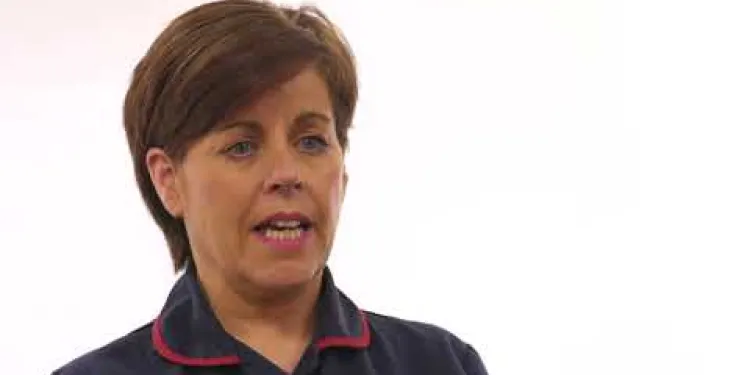
Ovarian Cancer
Relevance: 15%
-

What problems is Ozempic known to cause?
Relevance: 15%
-

What is a seminoma?
Relevance: 15%
-

What causes Alzheimer's disease?
Relevance: 15%
-

Joan's story - Aphasia Awareness
Relevance: 15%
-

Can Ozempic cause serious side effects?
Relevance: 15%
-
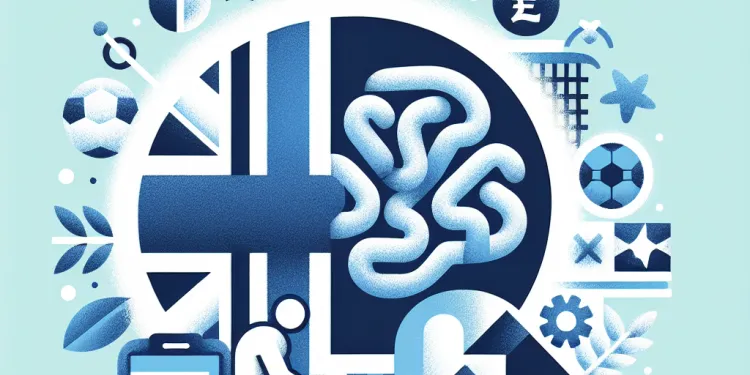
What is Concussion?
Relevance: 15%
-

What is radiation therapy?
Relevance: 15%
-
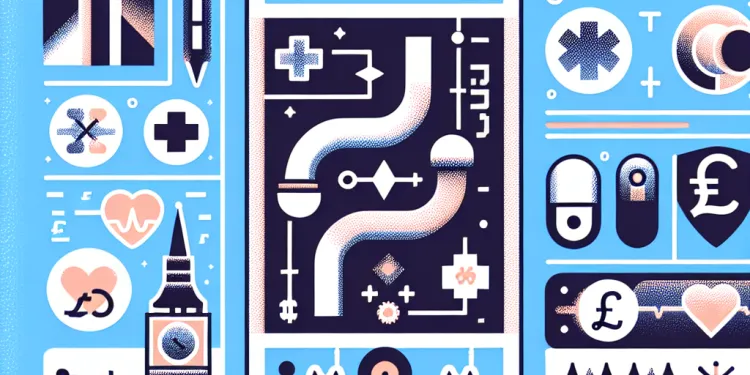
What is Pancreatic Cancer?
Relevance: 14%
Emma's Brain Tumour Story
Initial Symptoms and Diagnosis
Emma, a resident of Newcastle, UK, began experiencing severe headaches and occasional dizziness in early 2022. Initially, she dismissed these symptoms as stress-related, but as they persisted, she decided to consult her GP. After a series of inconclusive tests, Emma was referred to a neurologist, who ordered an MRI scan. The scan revealed a tumour in Emma's brain, a diagnosis that left her and her family in a state of shock.
Receiving Treatment
The news of a brain tumour is daunting, but the medical team at the Royal Victoria Infirmary in Newcastle provided Emma with a thorough treatment plan. She underwent a biopsy to determine the nature of the tumour, and it was found to be benign yet aggressive. Surgery was scheduled to remove as much of the tumour as possible. Emma's surgery was successful, and she underwent a series of radiotherapy sessions to target any remaining tumour cells.
Post-Treatment Adjustment
Post-treatment life brought its own set of challenges. Emma experienced fatigue, memory issues, and emotional strain. She joined a support group for brain tumour patients, where she found solace in sharing experiences and coping strategies with others facing similar struggles. The NHS provided Emma with essential rehabilitative services, including occupational therapy and counselling, helping her regain her strength and confidence.
Advocacy and Awareness
Determined to make a difference, Emma became an advocate for brain tumour research and awareness. She began participating in fundraising events and speaking at local schools and community centres in Newcastle and across the UK. Emma's story raised awareness about the importance of early diagnosis and the need for more research funding to improve treatment outcomes for brain tumour patients.
Looking Forward
Emma continues her journey with resilience and optimism. Regular check-ups indicate that she is in remission, but she remains vigilant about her health. Emma's experience has not only changed her own life but has also inspired those around her. She remains committed to supporting others affected by brain tumours and pushing for advancements in medical research.
Emma's story is a testament to the strength and hope present in the UK healthcare system and the invaluable support from the community. Her journey, though challenging, is a beacon of hope for others facing similar battles.
Emma's Story About Her Brain Tumour
First Signs and Finding Out
Emma lives in Newcastle, UK. She started having really bad headaches and felt dizzy sometimes in early 2022. At first, Emma thought she was just stressed. But when she still felt bad, she went to see her doctor. After some tests, Emma was sent to a brain doctor. He did a scan and found a tumour in her brain. This news shocked Emma and her family.
Getting Treatment
Hearing you have a brain tumour is very scary. But doctors at the Royal Victoria Infirmary in Newcastle helped Emma. They planned her treatment carefully. Emma first had a small surgery called a biopsy to check the tumour. It was not cancer, but it was growing. She needed surgery to take out as much as possible of the tumour. The surgery went well, and Emma then had special X-ray treatment called radiotherapy to kill any leftover tumour cells.
After Treatment
After her treatment, Emma had new problems. She felt very tired, forgot things, and felt sad. She joined a group where people talk and help each other. This made Emma feel better because she met others like her. The NHS gave Emma helpful services such as therapy to help her daily life and talking therapy to feel better.
Helping Others
Emma wanted to help and teach others about brain tumours. She raised money and talked about her story in schools and community places in Newcastle and across the UK. Because of Emma, more people knew why it's important to find tumours early and have more money for research. This helps make treatments better for people with brain tumours.
Hopes for the Future
Emma is now doing well and sees doctors regularly to check her health. Her story did not just help her but also inspired people around her. Emma will keep helping others with brain tumour problems and support medical research.
Emma's journey shows how strong she is. It also shows how good the health services in the UK are and the support she got from her community. Even though it was tough, Emma's story gives hope to others in the same situation.
Frequently Asked Questions
What symptoms initially led Emma to seek medical attention?
Emma initially experienced frequent and severe headaches, fatigue, and occasional blurred vision, which prompted her to seek medical attention.
How was Emma's brain tumour diagnosed?
Emma's brain tumour was diagnosed through a combination of an MRI scan and a biopsy, which confirmed the presence of a tumour.
What type of brain tumour was Emma diagnosed with?
Emma was diagnosed with a glioblastoma, which is a fast-growing and aggressive type of brain tumour.
What treatment options were recommended for Emma?
Emma's treatment plan included surgery to remove as much of the tumour as possible, followed by radiotherapy and chemotherapy to target the remaining cancer cells.
How did Emma react to the diagnosis emotionally?
Emma felt a mix of shock, fear, and disbelief upon receiving her diagnosis. However, she also felt a sense of determination to fight the disease.
Did Emma experience any side effects from her treatments?
Yes, Emma experienced several side effects from her treatments, including nausea, fatigue, hair loss, and cognitive challenges.
How did Emma's family and friends support her during her illness?
Emma's family and friends provided emotional support, helped with daily tasks, and accompanied her to medical appointments.
Did Emma make any lifestyle changes after her diagnosis?
Yes, Emma adopted a healthier diet, incorporated regular gentle exercise, and practiced mindfulness and relaxation techniques to support her mental and physical well-being.
What resources did Emma find helpful during her treatment journey?
Emma found support groups, counselling services, and brain tumour charities to be invaluable resources during her treatment journey.
How did Emma's work life change after her diagnosis?
Emma had to take a leave of absence from her job to focus on her treatment and recovery. Eventually, she returned to work on a part-time basis with accommodations to manage her symptoms.
Did Emma participate in any clinical trials or experimental treatments?
Emma explored and participated in a clinical trial that tested a new targeted therapy, which provided her with additional treatment options.
How did Emma manage the financial burden of her treatment?
Emma applied for financial assistance programs, received support from charitable organizations, and utilized her health insurance to manage the costs associated with her treatment.
What was the most challenging part of Emma's journey?
The most challenging part of Emma's journey was coping with the uncertainty and fear of the future, as well as managing the physical and emotional toll of her treatments.
How did Emma's outlook on life change after her diagnosis?
Emma's outlook on life changed significantly; she developed a greater appreciation for the small moments, strengthened her relationships, and prioritized her well-being and happiness.
What advice does Emma offer to others facing a similar diagnosis?
Emma advises others to stay hopeful, seek support from loved ones and professionals, explore all treatment options, and take care of their mental and physical health.
Why did Emma go to see a doctor?
Emma often had strong headaches. She felt very tired and sometimes, she couldn't see clearly. This made her go to the doctor for help.
How did the doctors find Emma's brain tumor?
The doctors found out Emma's brain tumor by doing special tests. These tests help the doctors see inside the head. Some tests are:
- Scans like an MRI or a CT scan. These are like taking pictures of the brain.
- Seeing how Emma was feeling and acting. If Emma felt sick, dizzy, or had headaches, the doctors paid attention.
If you find reading hard, you can:
- Ask someone to read it with you.
- Listen to an audio version if available.
Emma's doctors found out she had a brain tumour by using two tests. The first test was an MRI scan that took pictures of her brain. The second test was a biopsy, where doctors took a tiny piece of her brain to look at. These tests showed she had a tumour.
These tests might sound a bit scary, but they help doctors understand what is happening inside Emma's brain. If you feel unsure about any medical test, you can ask questions to the doctors or talk to a family member.
If reading is hard, you can use tools to help. Programs that read text out loud or apps with pictures can make things easier.
What kind of brain tumour does Emma have?
Emma has a brain tumour. Do you know what kind it is?
Try using a picture dictionary to learn more. It can help!
Emma has a brain tumour. It is called a glioblastoma. This tumour grows very fast and is very serious.
What treatments did the doctor suggest for Emma?
Emma's doctors planned her treatment. First, they would do surgery to take out as much of the tumour as they could. Then, they would use special lights called radiotherapy and strong medicine called chemotherapy to try and kill the cancer that was left.
How did Emma feel when she found out she was sick?
Emma felt surprised, scared, and didn't believe it when she heard about her illness. But she also felt strong and ready to fight the sickness.
Did Emma have any problems from her medicine?
Yes, Emma felt some problems from her medicine. She felt sick, very tired, lost her hair, and sometimes found it hard to think clearly.
How did Emma's family and friends help her when she was sick?
When Emma was not well, her family and friends were there to help her. Here are some ways they could have helped:
- Visiting: They came to see her and spend time with her.
- Talking: They talked to her and listened to how she felt.
- Helping: They did things for her, like cooking meals or cleaning.
- Cheering up: They encouraged her and made her smile.
If you're helping someone who's sick, here are some good things to use:
- Write a Nice Card: Write a card to make them feel better.
- Use Video Calls: If you can't visit, talk to them on a video call.
Emma's family and friends helped her feel better. They went with her to doctor visits and did things to help her at home.
Did Emma change how she lives after she found out she was sick?
Yes, Emma started eating healthier foods, doing gentle exercises, and using calming activities to help her feel better in her body and mind.
What things helped Emma when she was getting better?
Emma used different things to help her feel better. Here are some ideas that might help you too:
- Talk to people: Chat with friends, family, or a doctor.
- Write down feelings: Keep a diary to write about your day.
- Relax: Try deep breathing or listen to calm music.
- Stay active: Go for a walk or do fun exercises.
Using these ideas can make you feel better too!
Emma got a lot of help from support groups, talking with a counsellor, and charities that help people with brain tumours. These helped her a lot while she was getting better.
What happened to Emma's job after she got sick?
Emma had to stop working for a while because she was sick. She needed to focus on getting better. After some time, she went back to work but only for a few hours each day. This helped her feel okay while still working.
If you find reading hard, you can use tools like text-to-speech software. They can read words out loud for you. Reading with someone else can also help you understand better.
Did Emma take part in any special medical tests or new treatments?
Emma tried a new medicine in a study to see if it helps. This gave her more ways to feel better.
How did Emma pay for her medical care?
Emma asked for help with money. She got support from charities. She also used her health insurance to help pay for her treatment.
What was the hardest part of Emma's trip?
Here's a tip to understand better:
- Use a dictionary to look up words you don't know.
- Ask someone to read it with you.
- Draw a picture of what you think happened.
The hardest part for Emma was dealing with not knowing what would happen next. She also had to handle being scared and feeling tired from her treatments.
How did Emma feel about life after she found out she was sick?
To help understand: Write down how Emma felt before and after. Use pictures or simple words. Ask someone to talk with you about it.
Emma started to see the world in a new way. She learned to enjoy little things, made her friendships stronger, and took care of her health and happiness first.
What tips does Emma give to people who have the same health news?
Emma says it's important to stay hopeful. Talk to family, friends, and experts for help. Learn about all the ways to get better. Look after your mind and body.
Useful Links
- Ergsy carfully checks the information in the videos we provide here.
- Videos shown by Youtube after a video has completed, have NOT been reviewed by ERGSY.
- To view, click the arrow in centre of video.
- Most of the videos you find here will have subtitles and/or closed captions available.
- You may need to turn these on, and choose your preferred language.
- Go to the video you'd like to watch.
- If closed captions (CC) are available, settings will be visible on the bottom right of the video player.
- To turn on Captions, click settings .
- To turn off Captions, click settings again.
More Items From Ergsy search
-

Emma's story: My brain tumour story
Relevance: 100%
-

Is there a risk of thyroid tumors with Ozempic?
Relevance: 57%
-

Neuroendocrine tumour patient video
Relevance: 56%
-

What role do tumor markers play in testicular cancer?
Relevance: 53%
-

How does binge drinking affect the brain?
Relevance: 47%
-

Can testicular cancer spread to other parts of the body?
Relevance: 27%
-

How does brachytherapy differ from external beam radiation?
Relevance: 24%
-

How is Alzheimer's disease diagnosed?
Relevance: 24%
-

What are the stages of testicular cancer?
Relevance: 23%
-

South Tees NHS - What is aphasia and how can you help?
Relevance: 23%
-

What is testicular cancer?
Relevance: 23%
-

Can bowel cancer spread to other parts of the body?
Relevance: 22%
-

What's the difference between seminomas and non-seminomas?
Relevance: 21%
-

How is testicular cancer diagnosed?
Relevance: 19%
-

Epilepsy - What is Epilepsy and What Causes Seizures - NHS A to Z - Dr Gill
Relevance: 18%
-

Trigeminal Neuralgia
Relevance: 18%
-

What is testicular cancer?
Relevance: 18%
-

Neurophysiology EEG Patient Information
Relevance: 17%
-

How is motor neurone disease diagnosed?
Relevance: 17%
-

What is Cushing's syndrome?
Relevance: 16%
-

Neurosurgery for Epilepsy
Relevance: 16%
-

How is dementia diagnosed?
Relevance: 16%
-

What is Cancer?
Relevance: 16%
-

What is testicular cancer?
Relevance: 15%
-

What causes ADHD?
Relevance: 15%
-

What treatment options are available for bowel cancer?
Relevance: 15%
-

Radiotherapy CT scanner
Relevance: 15%
-

Are there any serious risks associated with Ozempic?
Relevance: 15%
-

What is Radiotherapy, and its use in treatment for cancers?
Relevance: 15%
-

Can concussions occur without a direct blow to the head?
Relevance: 15%
-

What is non-infectious meningitis?
Relevance: 15%
-

Ovarian Cancer
Relevance: 15%
-

What problems is Ozempic known to cause?
Relevance: 15%
-

What is a seminoma?
Relevance: 15%
-

What causes Alzheimer's disease?
Relevance: 15%
-

Joan's story - Aphasia Awareness
Relevance: 15%
-

Can Ozempic cause serious side effects?
Relevance: 15%
-

What is Concussion?
Relevance: 15%
-

What is radiation therapy?
Relevance: 15%
-

What is Pancreatic Cancer?
Relevance: 14%


